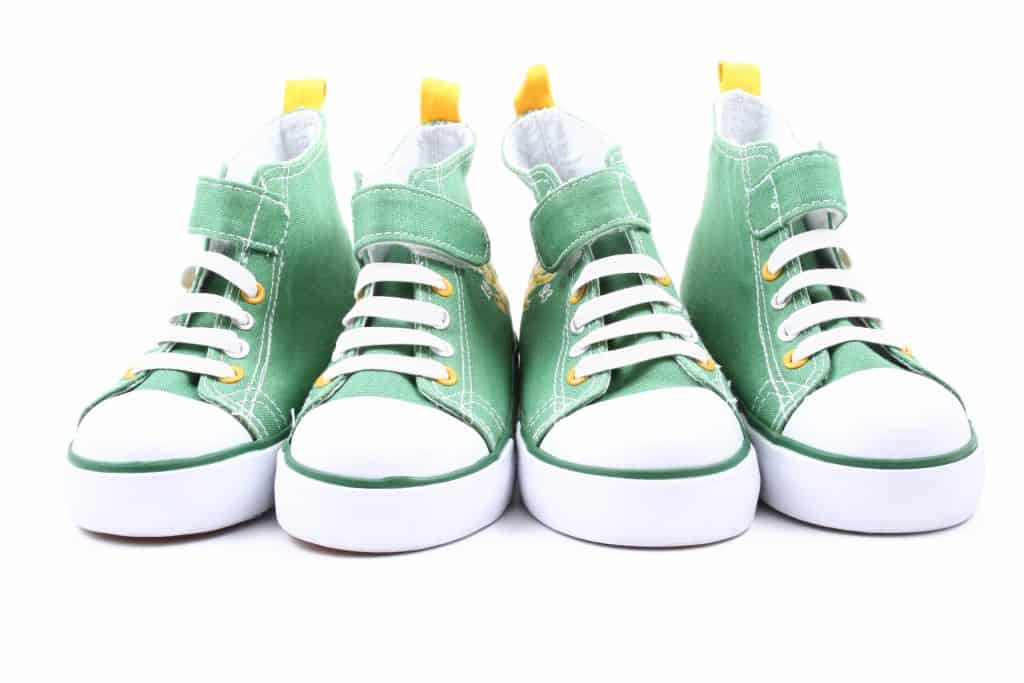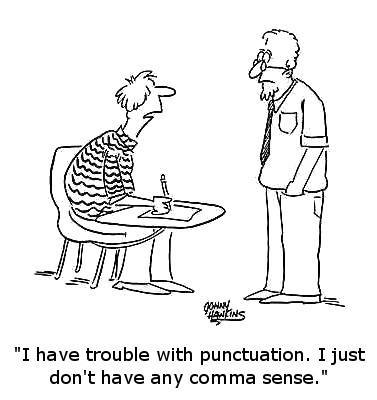
How To Use Correlative Conjunctions

In high school, I used to think my understanding of the use of conjunctions didn’t need to branch out beyond remembering the mnemonic phrase FANBOYS (For, And, Nor, But, Or, Yet, So). I had a natural grasp of grammar rules, and it wasn’t until college when I studied foreign languages and linguistics that I found the vocabulary to talk more extensively about the structural makeup of English. That’s where I discovered conjunctions extend far beyond FANBOYS, which are also known as coordinating conjunctions, and into the world of correlative conjunctions and subordinate conjunctions as well.
Here we delve into the realm of those conjunctions often taken for granted and easily misused: correlative conjunctions.
Correlative Conjunctions Come in Pairs

So what is a correlative conjunction? A correlative conjunction is similar in many respects to the coordinating conjunction in that it links two phrases, clauses or words of equal importance in order to establish the relationship between the elements of a sentence. The difference is that correlative conjunctions never go stag; where we find one, we always find another. Though not exhaustive, here is commonly used correlative conjunctions list:
* As … as
* Both … and
* Either … or
* From … to
* Neither … nor
* Not only … but also
* Whether … or
Correlative Conjunctions Concepts
There are three core concepts that are vital to keep in mind when using any set of correlative conjunctions: parallel structure, pronoun agreement and verb agreement.
Parallel Structure

The use of a correlative conjunction demands parallel structure of both clauses. If a verb follows the initial conjunction, then a verb should follow the second conjunction in the set. There are a few different ways you can construct the sentences around each pair of correlative conjunctions in order to maintain parallel structure:
- Verbs: Whether you write or edit for BKA, you have a sweet job.
- Nouns: Amber is not only a friendly person but also a grammar wizard.
- Prepositional Phrases: SEO is useful not only for businesses but also for consumers.
Pronoun Agreement
SEO content writing can get awfully tricky when dealing with antecedents and pronouns. As far as correlative conjunctions are concerned, when you are connecting two antecedents, the following pronoun should agree with the second antecedent. So whichever antecedent is mentioned last should agree with the pronoun that comes after it. Here are some examples of these types of correlative conjunctions:
- Neither Melinda nor the writers expressed their relief when the deadline was extended.
- Neither the writers nor Melinda expressed her relief when the deadline was extended.

Verb Agreement
When using a correlative conjunction to connect two subjects, the second subject should agree with the following verb. In other words, make sure the verb agrees with whichever subject comes last.
- Whenever I sit down to write, either the bickering kids or the ringing phone interrupts my train of thought.
- Whenever I sit down to write, either the ringing phone or the bickering kids interrupt my train of thought.
Using Commas With Correlative Conjunctions
It is often tempting to throw in a comma between a set of correlative conjunctions. The general rule of thumb is not to split the sets up. Exceptions occur when the sentence structure is grammatically incorrect without the comma or there is a non-restrictive clause in play. Here are few correlative conjunctions examples to help showcase this idea:
- No Comma Between: From off-site blogs to strategic recommended keyword placement, Greg knows everything about SEO.
- Yes Comma Between: Not only is Cara the Grammar Queen, but she is also a beloved wife, mother and grandmother.
- Yes Comma Between: Both the article about roofing, which I know little about, and the article about plumbing interested me.
In the second conjunction example, because the second clause is also a complete sentence, the entire sentence would be grammatically incorrect without the comma before “but.” In the third conjunction example, commas are required to offset the non-restrictive clause, “which I know little about.”

Correlative Conjunctions Take Practice
As my Japanese language professor frequently repeated, “Practice makes permanent. Only perfect practice makes perfect.” So many of us think we know coordinating conjunctions so well, but correlative conjunctions are a horse of a different color. Only through practicing how to use them correctly can we master their use.
Other than the fact that it’s fun to say “correlative conjunctions” ten times fast, what do you like best about this type of conjunction? What suggestions do you have on using correlative conjunctions effectively in books, blogs, Web pages or other custom SEO content? Please share in the comments below! If you’re looking for help on grammar rules, check out some of our other GrammarSpot posts.
- 4 Ways Adverbs Weaken Writing - December 4, 2023
- What Are Subordinating Conjunctions? - July 15, 2023
- How To Include AP Style Company Names in Your Writing - July 4, 2023

